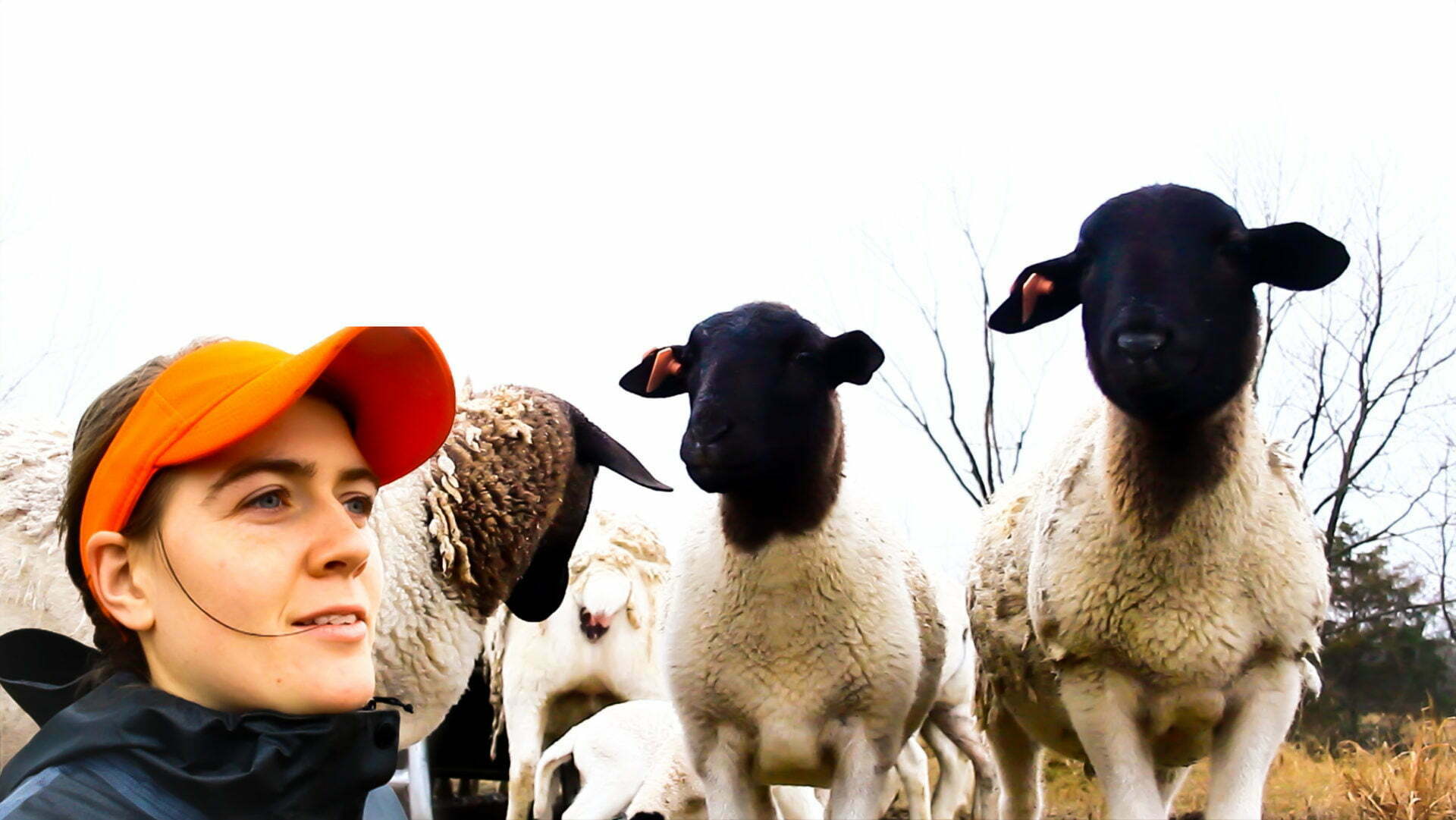When I shared the video of a 3 mile line of trailers dropping off cattle at my local sale barn, the question came up: why are so many ranchers selling at the same time?
The short answer is : they all ran out of grass at the same time. If you can find it hay is costing $85-100 per 1000lb bale. This means feeding a cow costs $2 per head per day. While this may not sound significant, many of these rural ranchers are raising 200-300 cows at a time. This means to feed their way through a summer drought would cost $54k on a herd of 300 cows from June to September… Only to turn again and spend the same money to feed again through winter.
What’s more is that it even IF a rancher wanted to feed his way through a drought, the hay is difficult to find this year.
Fertilizer costs have nearly tripled since the beginning of 2021. Urea, went from $320/ton in January 2021 $920/ton in January 2022. Urea is a widely used chemical nitrogen, and nitrogen is a means by which the grass plant absorbs sunlight and converts It into new growth. Without application of nitrogen, grass will grow, but the growth will be extremely slow.
Because of the cost of fertilizer many ranchers did not fertilize their hay pastures, opting to harvest whatever would grow naturally. Unfortunately, things went from bad to worse when the rain did not come. Low rainfall turned low yields, into no yields in some cases.
So the only option is to sell, there’s no other way out.
One of the practices I have been in throughout this period of extremely low rainfall if performing a regular pasture inventory. I began liquidating stock while I still had 30 days worth of pasture left. Throughout this drought period I have been taking regular pasture inventory. The concept of taking pasture inventory is explained in detail in Jim Gerrish’s book, Management Intensive Grazing and book which has been a toadmap for me as a beginner in rotational grazing. Please buy the book at shopshepherdess.com and you’ll be supporting my work in a huge way.
But pasture inventory is a simple process. As rainfall began to slow down, I spent my evenings walking my pastures. Because I use electric fencing to create small grazing cells within each pasture, I would look over the pasture and estimate how many of these grazing cells I could fit into each one.
Right now each grazing cell lasts me 5 days, so if I could fit 6 of them into a 10 acre pasture, I knew I had 30 days of grass left.
I told myself that if I dipped below 30 days and still had no rain in the forecast I had to start selling animals.
And that’s what happened last week. While it wasn’t easy to realize I was 30 days away from having zero feed, I was able to make that decision to sell with a solid buffer between me and starving animals.
I am going to be posting a video on how I sold my cows and how much money they brought at my small town sale barn during this crazy time period.


I’m sorry you had to sell your cattle before you initially intended, however I’m impressed by your ability to discern the upcoming reality.
Thank you for your content. I’m a big fan and look forward to following your continued success.
Hi the Shepherdess ,
I have been watching your videos for several months now, they seem very illustrative and with a very good level of economic and financial analysis. I am writing to you from the central area of the state of Veracruz, Mexico, in the region of the Gulf of Mexico.
I just read your blog “WHY TEXAS RANCHERS SELL THEIR LIVESTOCK | DROUGHT 2022”, is a very familiar theme, since the same thing often happened to us, every year the dry season arrives, it doesn’t rain and the pastures run out, and as always we complain about the weather, but we don’t prepare with hay or silage for the 7 months that it does not rain. My family has been dedicated to the field for many generations, basically Zebu Brahman cattle crossed with European Swiss, American Swiss, Simmental, which are the breeds that adapt to the dry and very humid climate of Veracruz. After a few years I dedicated myself to sheep, with maternal breeds such as Pelibuey and paternal Kathadin, the f1 in daily post-weaning weight gain from 0.250 kg to 0.300 grams in outstanding cattle (with dorper), my batch was 1800 adult females. And the same thing happened to us, from the months of February to June the forage production began to decrease. I have seen many videos of ranches in Texas, there is a lot of information on “Landwatch” and few have irrigation systems.
It is very sad to get rid of cattle for lack of food. I did it because of the great insecurity that exists in Mexico. I’ve thought about raising more capital and traveling to Canada and buying a farm there ( hahahaha or in Texas, near San Angelo or Oklahoma).
My question goes in the direction: Is it very difficult to plant and irrigate corn or sorghum and use it for silage? I did it and the sheep devour it, are there legal limitations in Texas to extract water and irrigate pastures or is it very expensive?
I congratulate you for your contributions, it is another way of seeing livestock, I hope there is not a great depopulation of females due to forced sale.
*my English is not very good, I used a translator.
Greetings from Veracruz, Mexico.